CARDIOTONICO
CARDIOTONICO R – 50 ML (RIPOLL LAB)
CARDIOTONICO R – 50 ML COMPOSITION
Caffeine …………………….. 10 g
Sodium benzoate ………10 g
Ephedrine sulfate ………. 2 g
Atropine sulfate ………. 20 mg
Vehicle qs ……………….. 100 mL
INDICATIONS
Cardiorespiratory stimulant. Analeptic. In all situations the animal shows signs and symptoms of exhaustion, depression, lack of appetite, weight loss. Etiologic adjunctive treatment of other diseases.
ADMINISTRATION AND DOSAGE
Preferably via IM or slow EV.
Equines and bovines: 10 to 20 mL a day.
Swine and sheep: 1 to 5 mL daily.
Canines: 1 to 2 mL daily.
PRESENTATION
50 mL vial
CARDIOTONICO R – 50 ML Description
The association of two alkaloids (Caffeine and Atropine) with an amine (Ephedrine) is justified in the understanding that the stimulus that each of them performs on the different organic structures are complementary and cover the entire spectrum of receptors involved in the alert state and correct revitalization of organs and systems that have poor functioning. Caffeine is an alkaloid from plants with wide geographic distribution. It stimulates the central nervous system, acts on the kidney increasing diuresis, stimulates the heart muscle and relaxes the smooth muscle, especially the bronchial muscle. Ephedrine is a sympathomimetic amine isolated from plants of the genus Ephedra. Direct stimulator of beta 2 adrenergic receptors and indirect (by noradrenaline release) of alpha and beta 1 receptors. It has a cardio-stimulating, vasoconstricting and bronchodilating effect. It passes the blood-brain barrier and acts on the Central Nervous System. It has low metabolism and is eliminated by urine. It has a half-life of 3 to 6 hours. Atropine is a natural alkaloid of Belladonna atropa plants. Vagolitic, parasympatholytic, antimuscarinic. At the cardiac level by blocking the vagal influence on the M2 receptors increases the automatism in the sinoatrial node and the conduction velocity in the atrioventricular node so it increases the heart rate. On the blood vessels its effect is scarce due to the poor parasympathetic innervation of the same ones.


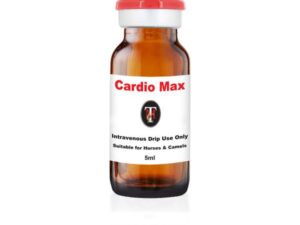
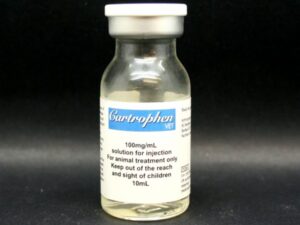
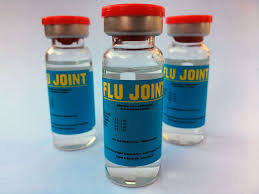
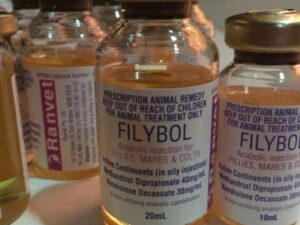
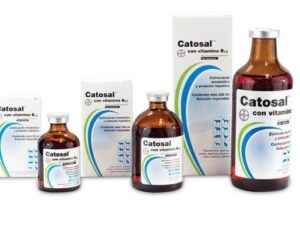
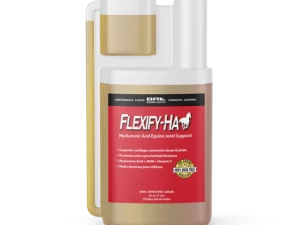
Reviews
There are no reviews yet.